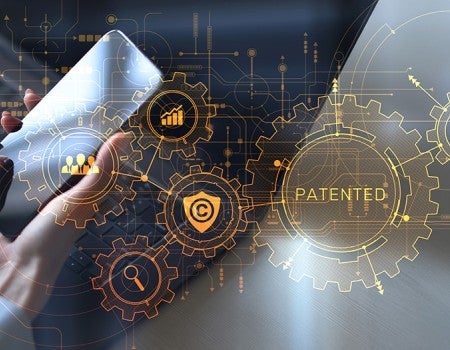
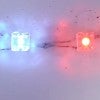
Nanotubes assemble! Rice introduces ‘Teslaphoresis’
Scientists at Rice University have discovered that the strong force field emitted by a Tesla coil causes carbon nanotubes to self-assemble into long wires, a phenomenon they call “Teslaphoresis.”

Rice’s Office of Technology Transfer has entered into a subscription agreement with Intel Corporation which will enable the global technology leader t...
A team of materials scientists at Rice has developed a new way to grow ultrathin semiconductors directly onto electronic components....
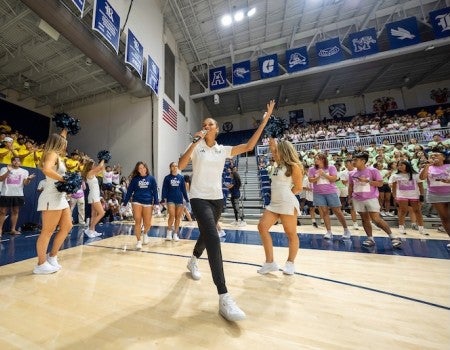
New flocks of Owls filled Tudor Fieldhouse with chants, signs and competitive spirit as they represented their residential colleges and cheered on Ric...

After more than a decade of outstanding leadership at Rice, Paul Cherukuri, the university’s top innovation executive, will be leaving his post to acc...

A team of researchers at Rice has developed MIST — Mineral Identification by Stoichiometry — the first online tool capable of automatically identifyin...

A collaboration between Rice, Baylor College of Medicine and Texas Children’s Hospital’s Jan and Dan Duncan Neurological Research Institute (NRI) has ...
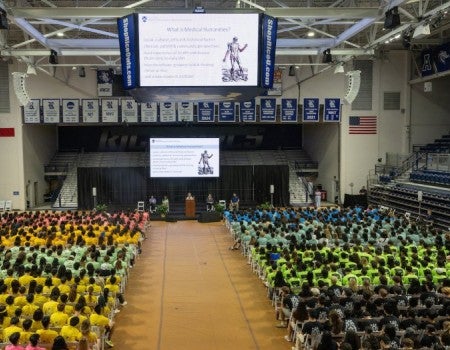
On the second morning of O-Week, Rice’s Class of 2029 assembled in Tudor Fieldhouse to hear advice from professors who shared their academic experienc...

The Owls move to 2-0 early in the 2025 season after a 6-0 shutout win over UTRGV....
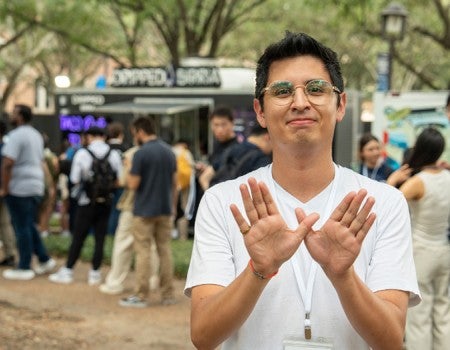
Rice's campus was buzzing this summer as students in the Rice Emerging Scholars Program (RESP) wrapped up six weeks of challenging courses, hands-on p...

Amid unprecedented enrollment growth, Rice will open its 12th residential college, the Ting Tsung and Wei Fong Chao College — referred to as Chao Coll...

Rice's newest Owls took their first steps through the Sallyport, a rite of passage that marks not just the start of college but the beginning of a lif...

Some of the brightest early career researchers in quantum materials met at the Rice Global Paris Center....

Nanotubes assemble! Rice introduces ‘Teslaphoresis’
Scientists at Rice University have discovered that the strong force field emitted by a Tesla coil causes carbon nanotubes to self-assemble into long wires, a phenomenon they call “Teslaphoresis.”
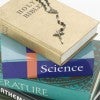
First worldwide survey of religion and science: No, not all scientists are atheists
Scientists at Rice University have discovered that the strong force field emitted by a Tesla coil causes carbon nanotubes to self-assemble into long wires, a phenomenon they call “Teslaphoresis.”

JFK’s 1962 moon speech still appeals 50 years later
Few moments in Rice’s history are as well known or oft remarked upon as the 1962 speech in which President John F. Kennedy boldly declared, “We choose to go to the moon!”

The story behind Rice traditions
Every university has its traditions, and Rice University is no exception. O-Week, Beer Bike and Willy Week top the list of Rice’s most well-known traditions, but in the university’s nearly 100-year history, it’s only natural for a few others to have developed along the way.
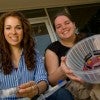
Revolution with a salad spinner
A simple salad spinner will save lives this summer, if everything goes as planned by two Rice University undergraduates.

Rice study suggests people are more trusting of attractive strangers
Beware of strangers. Don’t judge a book by its cover. We repeat these timeworn adages without even thinking, but new research suggests we live by neither of them.
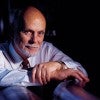
Nanotech pioneer, Nobel laureate Richard Smalley dead at 62
Nobel laureate Richard Smalley, co-discoverer of the buckyball, died from cancer in Houston. He was 62.